The assumptions underpinning the planning application
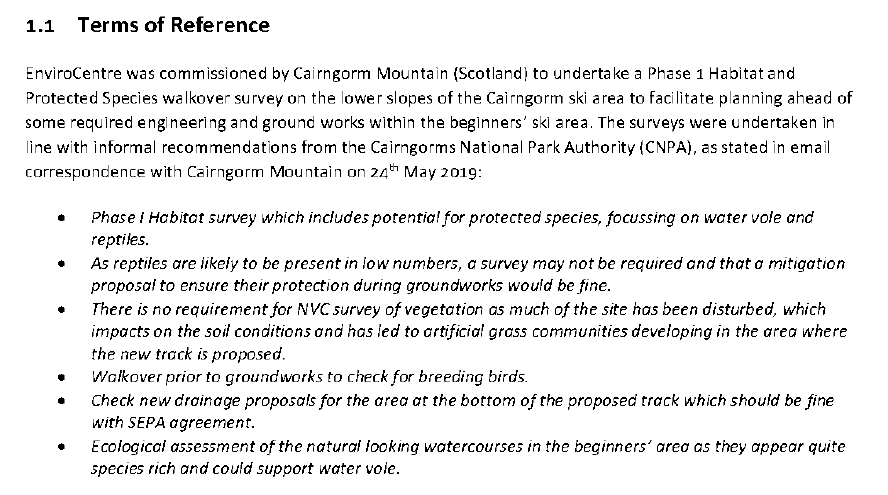
The terms of reference for the Ecological Survey are revealing.
First, they refer to “required engineering and grounds works within the beginner’s ski area”. Who says that these works are “required”? Surely that is the question at issue, which should be informed by the ecological survey? Are the proposed works sensible? Instead of considering this, the consultants have been told to take the “beginners area”, which was created as a result of temporary planning permission being granted last season for two snow making machines to be placed by the car park, as given. No room is allowed for the consultants to consider whether the creation of a beginner’s area so low down the mountain is sensible. The assumption, as in almost all such surveys under our current planning system, is that the development should just go ahead. The Cairngorms National Park Authority should be insisting that all ecological surveys are “required” to take a far broader and holistic approach.
Second, note the assumption which has come from the Cairngorms National Park Authority that the “new drainage proposals for the area at the bottom of the proposed track [which track, there is none in the application?!) should be fine with SEPA agreement”? Who has decided this and on the basis of what? Despite the CNPA Board asking Highlands and Islands Enterprise for a masterplan for Cairn Gorm it appears that staff are still processing individual planning applications on the assumption they should go ahead. Scale the drainage proposals up from the 9,300 square metres in the Beginner’s Ski area to cover the 220,000 square metres proposed in the SE Group report (see here) and what are the consequences?
Unfortunately, the fundamental starting point behind our planning system, even in our National Parks, still appears to be that development should take place rather than taking a critical look from a wider environmental perspective.
The drainage proposals and their potential consequences
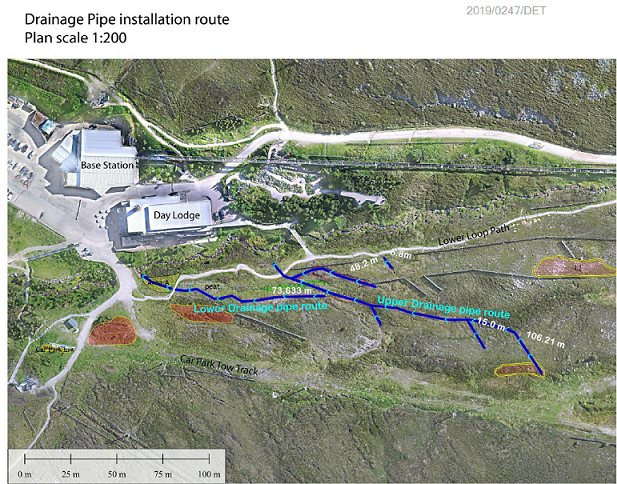
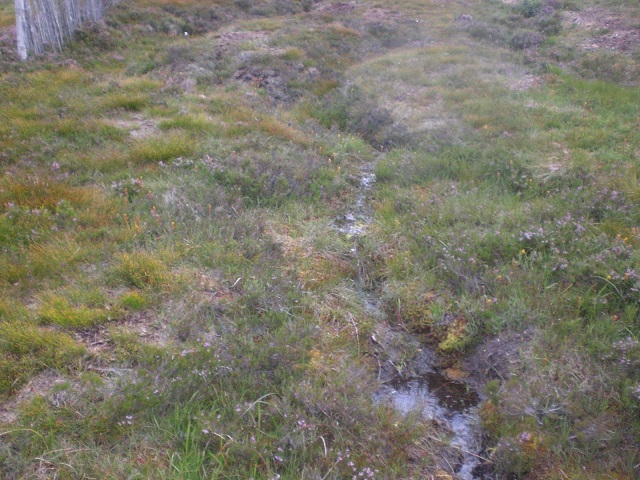
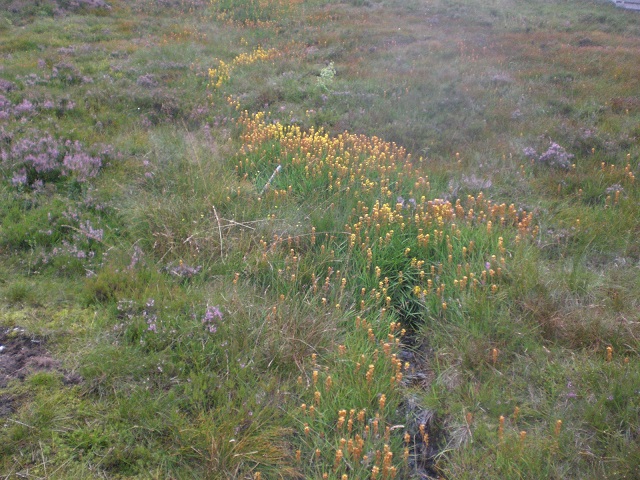
As an aside, the Supporting Information to the Planning Application claims “the work required will be minimal to keep the ditch intact”. This defies belief, the ditch is not going to be maintained intact, rather its going to be filled in.
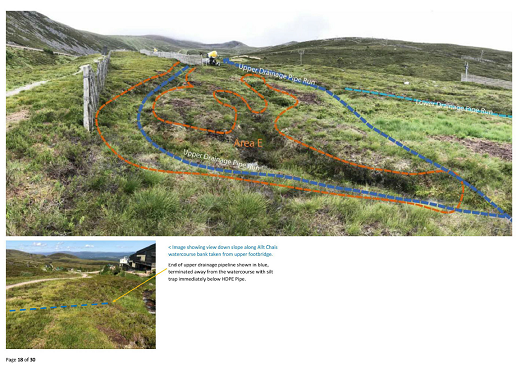
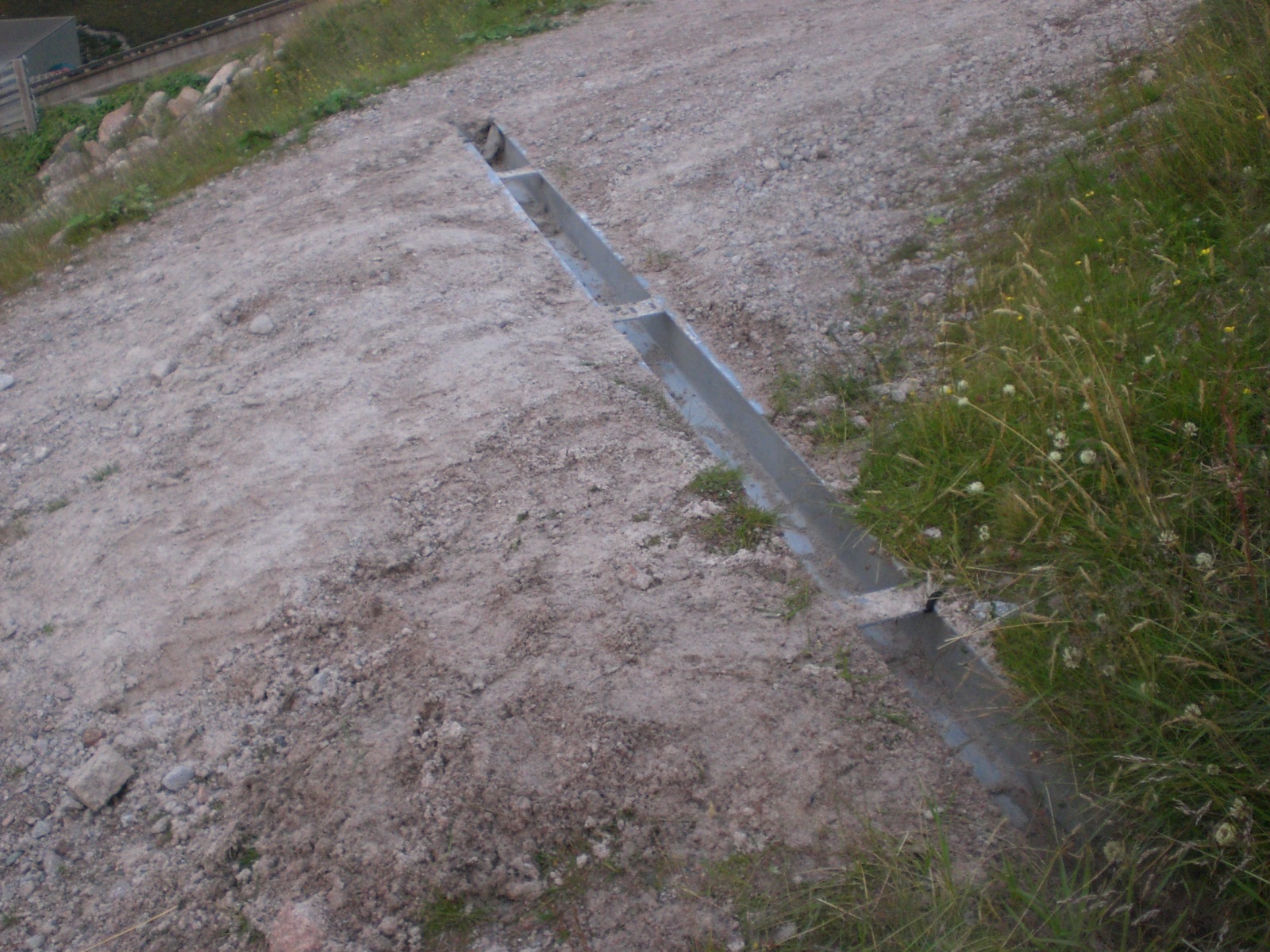
Following parkswatch’s exposure on 13th August of the failure of HIE to meet planning requirements and maintain the culverts on the Shieling track free of debris (see here), Cairngorm Mountain Scotland Ltd appears to have started to clear the culverts. While this has reduced the risk of the loose material on the track below the culvert being washed out from above, that material is still very vulnerable to being washed out by heavy rainfall such as that experienced recently.
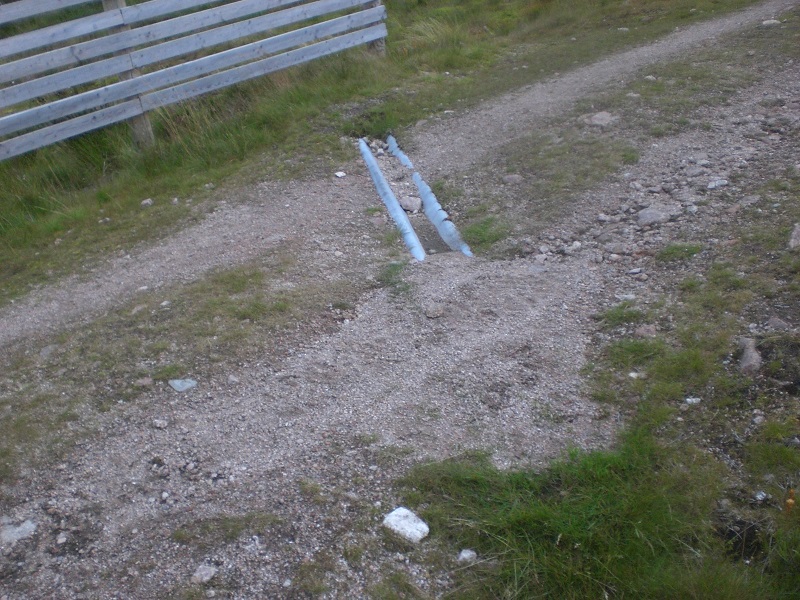

Increasing flood risks
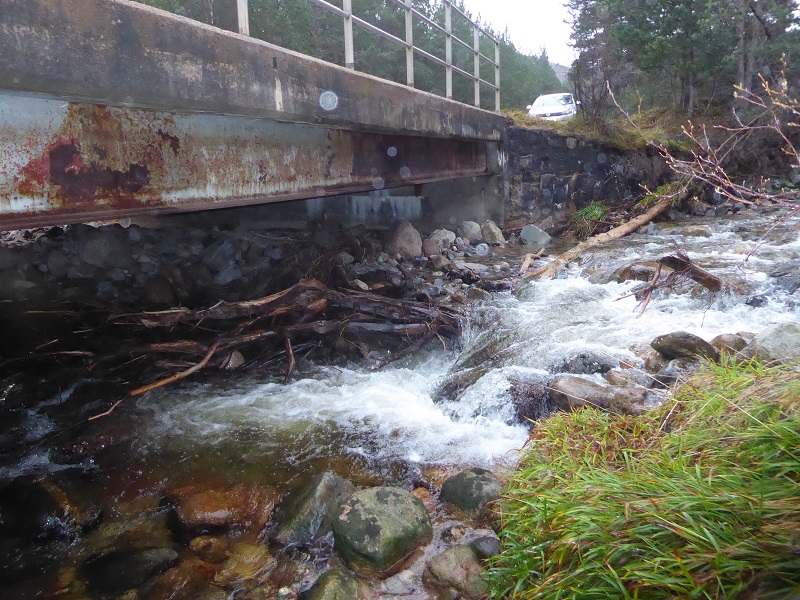
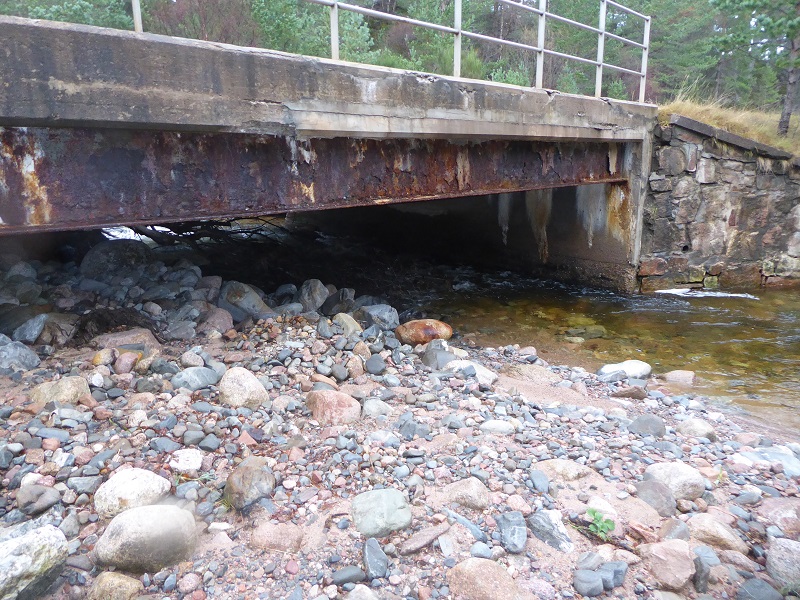
Allt Mhor flood of August 1978
This relatively recent flood on the Allt Mhor, draining the Cairngorm ski slopes, demonstrates the significant flood hazard represented by mountain streams (McEwen and Werritty, 1988).
The flood on the 4th August was triggered by an intense summer thunderstorm in which 33.5 mm of rainfall fell in 1 hour, equivalent to around 5% of the average annual rainfall of Edinburgh.
The high discharge caused severe erosion of gravel bluffs overlooking the river at the below the Sugar Bowl and mobilised boulders over 0.5 m in diameter. The road bridge was swept away and fragments of tarmac can still be found in the gravel bars below the present bridge.
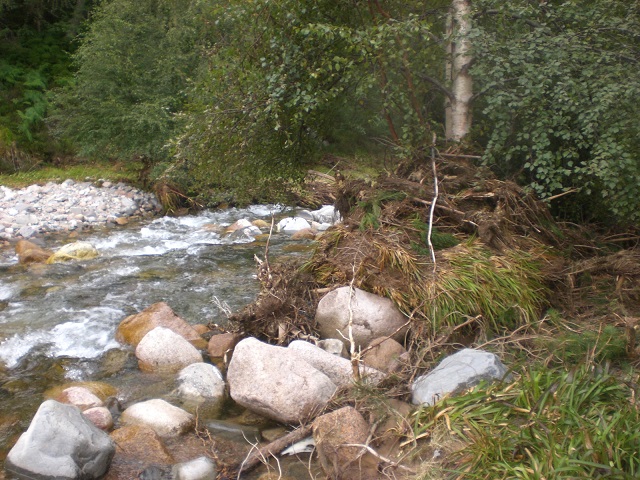
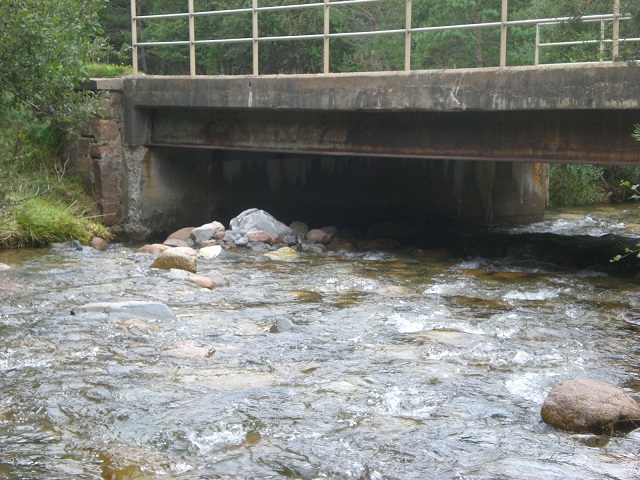
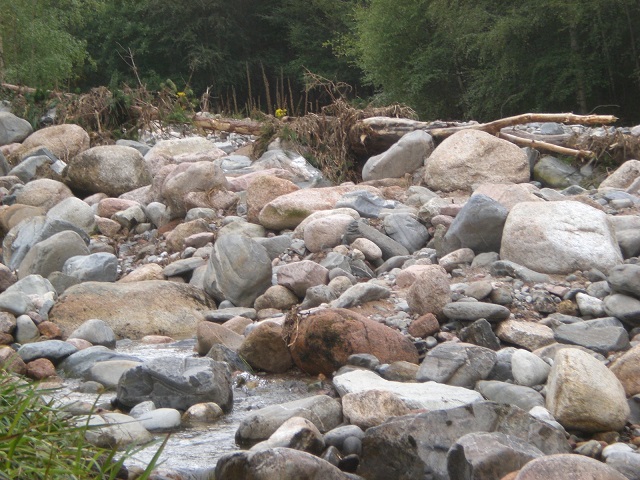
The proposals to create a beginners ski area – and then at a later stage further new engineered ski slopes – can only add to this flooding. That should be reason enough for the Cairngorms National Park Authority to reject the whole Application as not being thought through.
One might also add, why should Highland Council Roads Dept be footing the bill for HIE’s long history of engineering works at Cairn Gorm?
An alternative approach
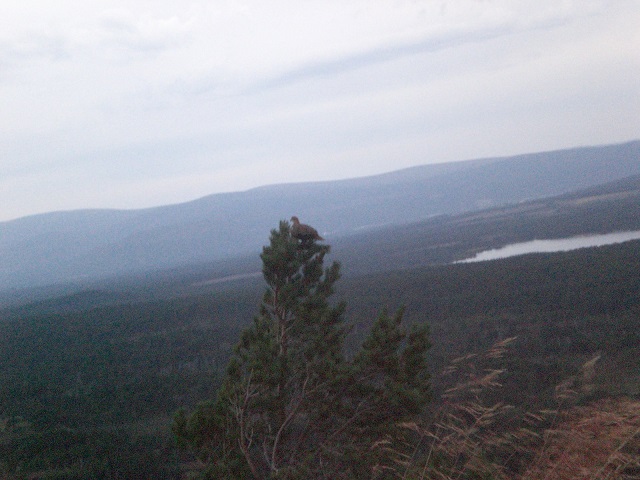
Instead of engineering Cairn Gorm, our public authorities should be helping it to re-wild. As the mountain warms, making skiing more problematic, trees grow higher up and wildlife moves up the hill. Alan Brattey, to whom I am very grateful for the photos in this post, reported that on 24th August he also saw Merlin fly past the Daylodge at speed, heading down the Coire, a Meadow Pipit in its Talons. The ecological survey reported Ring Ouzel, a bird whose numbers have declined drastically,, feeding their young in the proposed Beginner’s Area and suitable habitat for water vole. Cairn Gorm could be one of the best places for people to watch mountain wildlife in Britain but instead HIE is obsessed with developing it further. What’s more they are submitting Planning Applications without any regard to the consequences, ecological or otherwise. Iin the long-term that is neither good for snow sports nor the local economy.
HIE has produced NO information to suggest that the creation of a beginner’s ski area just above the Coire Cas car park is sustainable in terms of global warming. Instead there is a photo in the application of one day this season when there was lots of snow. That was exceptional. Given current and predicted increases in temperatures in Scotland, on how many days of the year in future is skiing likely to be possible in the proposed beginner’s ski area? And how, in terms of uplift, would the area fit into the wider whole? We simply don’t know because HIE has produced no masterplan, no proposals for new lifts and no overall assessment of the consequences.
Its about time the CNPA demanded HIE produce what is known as a Strategic Environmental Impact Assessment instead of submitting Ecological Surveys with carefully designed narrow remits. (That is not the consultant’s fault).
It seems to me that in strategic terms any ski area created by artificial snow needs to be either higher up the mountain or in a more sheltered location less exposed to the sun – as proposed by the Save the Ciste Campaign – and in a less boggy location. Trees could help here. A run back down to the Day Lodge created through artificial snow is far more likely to work if its kept as narrow as possible and sheltered by trees. Instead, the Planning Application is proposing to rip up trees and create a broader ski area.
An alternative approach would be to start with re-wilding, look at the potential for the next 50 years within the context of global warming, and then work out how snow sports and other tourist activities would best fit into that. Perhaps its time that the CNPA started to engage with other conservation organisations and recreational organisations about how to do this?
Bug life scotland have been creating wetland bog areas in Slamannan looked it up took two seconds helps with flooding is mentioned
These engineering proposals from HIE are completely mad. The last thing they should be doing is building a drainage system which speeds up the flow of water off the mountain. Sediment traps are useless. They will be immediately overwhelmed when the next intense rain storm arrives on the mountain. Even more quantities of sediment, boulders and trees will be washed down the Allt Mor and the road bridge will be blocked or swept away. The last time the bridge was blocked the river changed course and sliced through the road just upstream. We are heading for a situation in which there is no road access to the mountain as well as no funicular on it. Instead of dreaming up crazy schemes for preventing water from running under the snow HIE should be focussed on the development of an emergency evacuation plan for the Glenmore camp site. That should deal with the possibility of the river changing course again and next time flooding through the camp site on a dark wet night with hundreds of people lying in their tents. The next Cairngorms disaster is getting closer as more and more erosion is occurring on the mountain as a result of HIE ownership. It that happens the chairman and chief executive of HIE should be subject to criminal charges.
There can be little doubt that the economy of Badenoch and Strathspey is hurting, due to the inexorable decline of Cairngorm Mountain as a one-time prime contributor to the economic well-being of the entire area. What we appear to be witnessing now is a knee-jerk reaction from the owners, HIE, whose responsibility it is to promote economic well-being. It seems almost as though the headless chicken brigade are being allowed to run wild, cooking up all manner of short-term half cocked schemes to demonstrate that a) they are doing something, b) there is something they can do and c) they have a plan that justifies money being spent on it even though there isn’t any.
The National Park were absolutely right, in principle, to demand a masterplan for Cairngorm, but current planning legislation means that any such masterplan has to be costrained to the land under the ownership of a single entity – in this case, HIE. And yet, it is obvious to anyone who wants to take a truly holistic long-term view of the future of this area, that the swathe of land immediately beneath it, down to Glenmore, and owned also by a public body but unfortunately a different one – FCS – is very strongly connected.
Just imagine, for a moment, a scenario in which the mass public uplift – via gondola – was from the hayfield to the current day lodge, completely re-vamped and not with the precious lower slopes flattened, but instead with the current car park – and the road that leads to it, completely removed, and the area re-wilded but sensitively landscaped to make the most of a view that is more than sufficient for the average casual visitor.
Imagine the funicular removed completely, and replaced by a modern winter only chairlift system to the higher level slopes, where a more winter-permanent beginners area is created, with a network linking tows to the more ambitious pistes.
Imagine the Ptarmigan left ‘as is’ in scale, or even reduced – with the sole purpose of being a winter only cafe and rest area for skiers and walkers. And anybody could use the gondola, including climbers and walkers, but beyond the current day lodge, you’d have to hold a ski pass, and it’s winter only – so no more need for complex visitor management plans to stop people ‘escaping’. If you want to go to the top, you have to walk.
Now that might just be a masterplan … sure, it involves more than one public body in ownership; sure it’s going to cost a bomb; and sure, that’s not the only possible ‘masterplan’ interpretation. But my hope would be that the National Park – as the overarching public body which has ultimate responsibility for both this land and this economy – have the strength, the will, and the courage of conviction, to grasp this nettle firmly, pull it up by its failing concrete roots and insist that there are no more planning applications made or approved until some creative thinking is demonstrated by all concerned and a genuine masterplan is generated, focussed on holistic solutions for the benefit of the living land and those who live and work here. Better to take some time and get our long term future right, rather than simply throw yet more good money after bad.
Just one problem, though …. this masterplan has to stick – and I would contend that the history of ‘masterplans’ in the CNPA is not good. How many reincarnations of a masterplan for MAHR have there been? And whatever happened to the ‘Aviemore masterplan’ for the whole town, now lost in the mists of time whilst bits get constantly ‘tacked on’ to the lengthening string?
Citizen fallow you are required to present your books to central fire station for inspection.
The road is owned by Highland Council. Any thought of removing the road would cause a public outcry and rightly so.
Conservationists are a small part of society and many of their assumption are wrong. I re-emphasise that the original planning conditions has caused this financial mess and structural problems. on Cairn Gorm.
Ray, perhaps you could explain how the planning conditions attached to the funicular have anything to do with the financial mismanagement behind the funicular construction which was well documented by the Scottish Parliament’s Public Audit Committee Report or the design/construction failures that have made the funicular unsafe or the procurement exercise which led to the appointment of Natural Retreats who appear to have siphoned large amounts of money from the hill and failed to meet their contractual obligations, e.g in respect of maintenance within the ski area. Do you disagree that those failures have played a significant part in the financial mess at Cairn Gorm and the responsibility for them lies with HIE?
Nick. There has been an awful waste of public money on certain parts of the funicular construction. Such things as having to use an aerial ropeway for construction, and also building the railway on stilts, which are now failing. Boulders had to be put back in place wherever possible. I well remember seeing special grass being planted that had to last for 5 years. On one visit I noticed 12 reindeer eating it. This is an environmentally unprotected area and should be treated as such.
The closed system must have lost a small fortune.
The funicular was made very much more expensive than it should have been with HIE trying to appease the objectors.
Like you I think the project was mismanaged by HIE. I am now hopeful that HIE will have learnt from past mistakes.
Ray, there is little or no evidence that HIE has learnt anything from all the mismanagement over many years. I’ve been asking for an honest report from HIE on lessons learnt, but nothing is forthcoming. It’s the same old spend money like water and hope that something might work – HIE is just not listening. Try to forget all the issues over prohibition of access to the mountain from Ptarmigan, and focus on what should happen now on Cairn Gorm, with changing visitor requirements (winter and summer) and the inevitable issues of climate change. For example, take out the funicular and your access issue virtually disappears, but the car park at the Base Station still provides easy access point to explore the real beauty and environment of the Cairngorms.